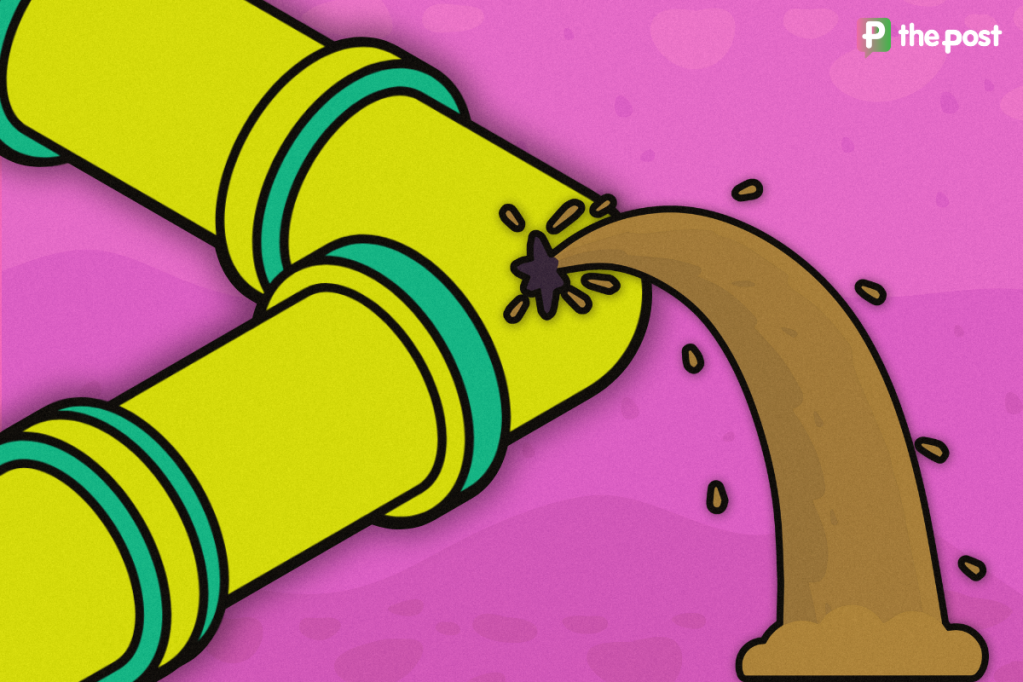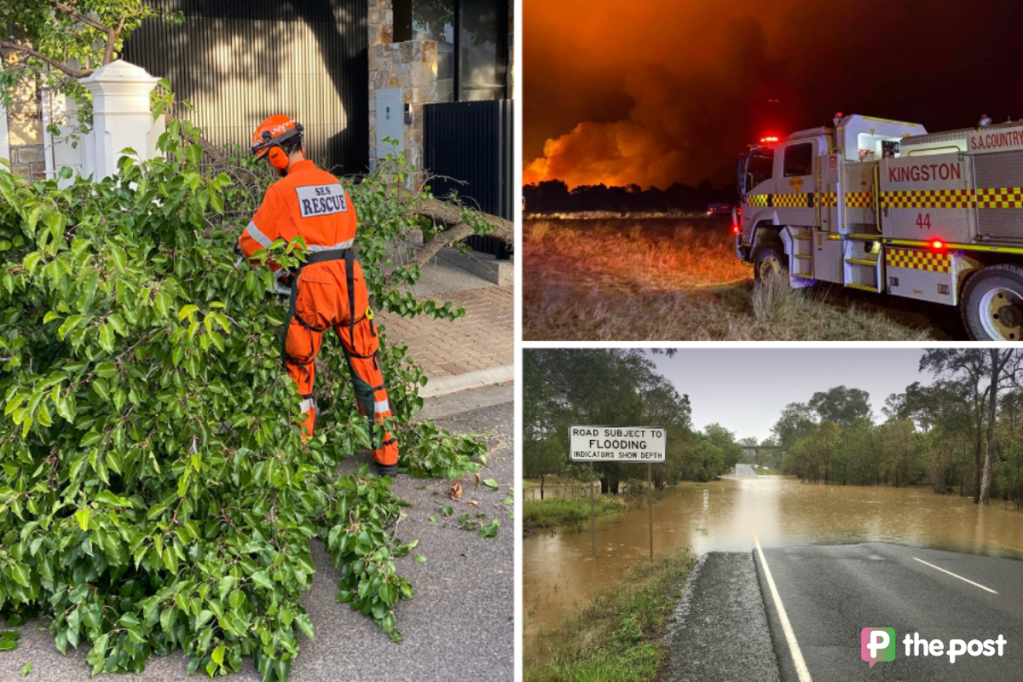Your views: on a $15b South Rd upgrade and more
Today, readers comment on the 10.5km Darlington to Torrens project costing $1.47 million a metre, dangerously bad country roads, ramping and pro bono lawyers.

Commenting on the opinion piece: With gold-plated South Rd, we don’t know what we’re missing
I agree. This is spending on a scale that SA doesn’t need, and probably can’t afford. And let’s not forget, the Government is also looking to spend upwards of $3.3 billion for a new Women’s and Children’s Hospital.
According to the Government’s own recent mid-year budget review, these projects, even if delivered at the cost being currently quoted, will do their bit to contribute to a forecast $33.5 billion of net State debt by 2025-26. And we can be confident that costs will blow out.
Let’s face facts. South Australia is the poorest state on the Australian mainland, and our living standard is heavily dependent on Commonwealth grants. SA bats below its weight in contributing to national GDP, and tax revenue growth is limited over the forward estimates. Financial irresponsibility in these problematic times could cruel the State for decades.
Might I suggest the Government would be wise to significantly scale back its ambition to erect these expensive monuments? How does the old expression go? “Cut your coat according to your cloth”. – Stephen Trenowden
I would rather see the money spent on the state’s rail network, to standardise and upgrade the entire network as it was in 1962, and additional new connections between Whyalla and Kimba, and Ceduna and Cook, so that finally the Eyre Peninsula grain farmers will no longer be at a disadvantage compared to growers in NSW and Victoria.
The Dept of Transport talks about making a business case, but that is bureaucratic code for doing nothing. They appear biased against rail. – David Inkster
David Washington’s figures comparing the Sydney project with ours should disturb us all. His discussion of the opportunity cost of the road, what we could get for that money and will not, is equally confronting. And he didn’t even begin on the fact that it has been demonstrated many times that building bigger roads is not the answer.
You might like
As well as this macro level, there is also the micro. I guess I am only one of thousands who have personal stories to tell of South Road. We are pedestrians who cross South Road at the Black Forest Primary School crossing. The trip takes about 30 seconds.
The new version, which has been spruiked as better for us, is a bridge crossing which is well over a km long. Imagine that now any time we want to cross that, or parents want to take their children to school, we have to climb up a monstrous concrete structure, cross a huge road with fumes and noise and all the rest of it, and then down the other side, which will be quite a distance from where we want to be, by the way.
It will add twenty to thirty minutes of ugly, depressing, polluted walking to do a return trip across the road. Will people actually need an ambulance up there on days over 30C? Yet we have been informed it’s a good outcome for us. Even my local Member has said as much to me. I wonder how many micro stories there are of this road and its devastating consequences for local community throughout its domain. – Cathy Chua
David Washington has hit the nail on the head this time. The announcement of the upgrade to South Rd between the Torrens and Darlington is a bitter pill.
$15bn is a truckload of money, that we could spend on so many things. We could give every adult in Adelaide an electric bike, and still have more than $10bn left over for cycle ways, free public transport and social housing. This would then eliminate the need for 16 lanes (!) of road in some places (eg near James Congdon Dr).
No, everyone isn’t going to ride a bike to work or the shops. But increasing active and public transport use would reduce congestion a lot more reliably than building bigger and bigger roads, because of the inefficiency of car dependency. The induced demand on surrounding roads is going to be significant, and congestion will simply worsen (there are plenty of examples).
We all need to urge our local MPs to reconsider this use of public resources on a single project, and focus on keeping our city as the liveable city that the Government likes to claim it is. – Jon Holbrook
Commenting on the story: Safety concerns after grain industry reveals its 10 worst roads in state
Imagine you are travelling along a country road, and you’re jolted as your car tyre lurches in and out of a deep pothole. It’s unfortunately an all too familiar experience for many across regional South Australia.
Now imagine you are in a truck loaded with grain and your tyre dips in and out of that same pothole. Not only does that hole get bigger, but the safety of the truck driver (and others on the road), as well as the load of grain is potentially at risk.
Stay informed, daily
For far too long the South Australian grain industry – which is expected to contribute almost $4.5 billion to the state’s economy from the 2022/23 harvest – has been forgotten when it comes to road maintenance, repair and upgrade.

For this reason, Grain Producers SA (GPSA) undertook the ‘Worst Grain Road’ campaign to find the route in the poorest condition in the state. These routes are key to getting grain to port.
The campaign saw almost 60 different roads across the state nominated. However it was the Upper Yorke Road on the Yorke Peninsula, Nine Mile Road in the Murraylands and Worlds End Highway in the Mid North that were voted the top three ‘Worst Grain Roads’.
Comments from grain producers and truck drivers to go with the submissions should have decision makers immediately concerned and in fact, I’d be worried if they weren’t already concerned.
As one grain producer put it when commenting on the Upper Yorke Road: “It’s a prime agricultural area that is producing millions of dollars in grain and sheep, yet we’ve got a third-class road to travel on”.
During the campaign we heard that some heavy vehicle drivers are having to veer onto the opposite side of the road to avoid bumps, potholes and undulating surfaces. Some said they struggled to control their truck when tyres dropped off the edge of the narrow roads.
These roads are key freight routes for South Australian grain producers that transport significant volumes of produce, ultimately providing a return to the state’s economy.
The lack of investment in our federal, state and local government-run roads results in grain producers losing productivity, as well as putting themselves and the safety of other road users at risk due to the poor conditions.
The total road maintenance backlog in South Australia was estimated to be at almost $800 million in 2020 and growing by $100 million every year. It’s high time that improvements are made, so GPSA is calling on immediate investment into the top ten ‘Worst Grain Roads’ in South Australia.
The full Worst Grain Roads Report is available to download at www.grainproducerssa.com.au – Brad Perry, chief executive officer, Grain Producers SA
Commenting on the story: ‘Worst results on record’: Ramping still rampant
Peter Malinauskas made an election winning promise that Labor would fix the ramping issue. Clearly work is underway to do so.
Let’s cool the jets for a bit longer than nine months in to a four year term. Three years from now will be the the acid test. – Wayne Steele
Commenting on the story: Rule change allows government lawyers to resume pro bono work
I salute those members of the legal profession who do pro bono work for those among us who are unable to afford legal representation. Such service brings honour to the profession. – Jane Osborne








